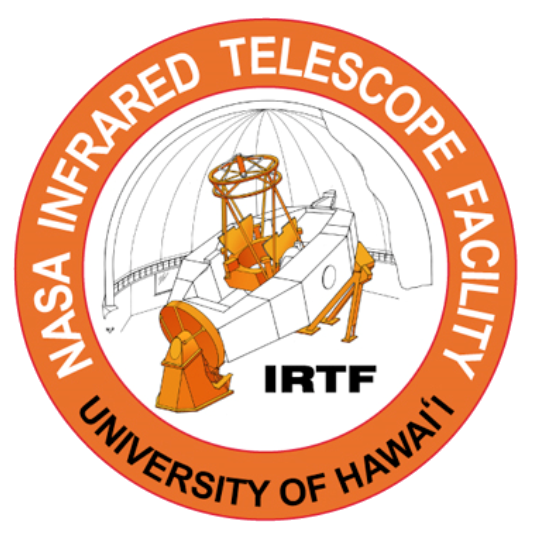Visiting Observer Equipment
Packing Goods for Shipping
Observers and their equipment must be prepared to endure rather severe shaking each time they travel from Hilo to the summit. The consequences of the rough road are normally much more serious for delicate equipment than for personnel. Equipment sensitive to dust should be wrapped and sealed in plastic bags inside the shipping crates. Delicate components should be packed in small boxes and hand carried from Hilo to the summit. Normal electronic and mechanical components less sensitive to shock will usually survive the trip to the summit intact, but should be especially well packed better than one would normally pack for transportation by a commercial shipper. When shipping equipment prior to the observing run, they should be addressed to:
Darryl Watanabe
Institute for Astronomy - IRTF
University of Hawaii
640 N. A'ohoku Place
Hilo, HI 96720
Labels and shipping information should be provided to the IRTF for return shipping.
Transport of Equipment to Summit
If equipment is in quantities small enough to fit into a half-ton truck, IRTF personnel can normally transport it to the summit, but usually at least one day after it arrives at the Hilo Institute for Astronomy (IfA) building. Visiting observers requesting transport of their equipment should time its arrival in Hilo to precede their need for it at the summit by 4 to 5 days. Crates should have dimensions no larger than 1.2 m (4 ft) wide and 2.4 m (8 ft) long; height is unrestricted within reason. For ease of handling, crates should weigh no more than 100 kg (220 lb). Visiting observers who have large amounts of equipment to transport must arrange their own transportation and arrange for payment directly with a trucking company.
Customs Regulations for Observers from Foreign Countries
All equipment and material originating from outside the United States and destined for Hawaii must be cleared through Customs in Honolulu with passage paid through to the final destination, Hilo. For contact information see: www.cbp.gov/xp/cgov/toolbox/contacts/ports/hi/3201.xml
Hazardous Material
Observers are responsible for all documents required for the shipping and transporting of any hazardous material. An inventory of any hazardous material and corresponding MSDS (Material Safety Data Sheet) must be provided to the IRTF safety coordinator, Mike Kelii (kelii@ifa.hawaii.edu). The observer should provide anything that may be required for proper handling or storage of the hazardous material. Unused hazardous material cannot be left at the summit and it is the responsibility of the observer to arrange for proper disposal of any hazardous waste generated.
Access to Dome and Telescope
Coordinate moving large pieces of equipment into the IRTF building with the Observatory Manager, Darryl Watanabe.
Equipment Storage
Very limited space is available at the IRTF for storage of visitor equipment. In general storage will be available only if the visitor has an upcoming scheduled run. The IRTF takes no responsibility for damage to equipment stored at the facility. An equipment storage form must be submitted and approved by the IRTF Observatory Manager, Darryl Watanabe, before any equipment will be stored at the IRTF. Long-term storage of visitor equipment at the IRTF is not possible, but arrangements can be made with local storage firms.


